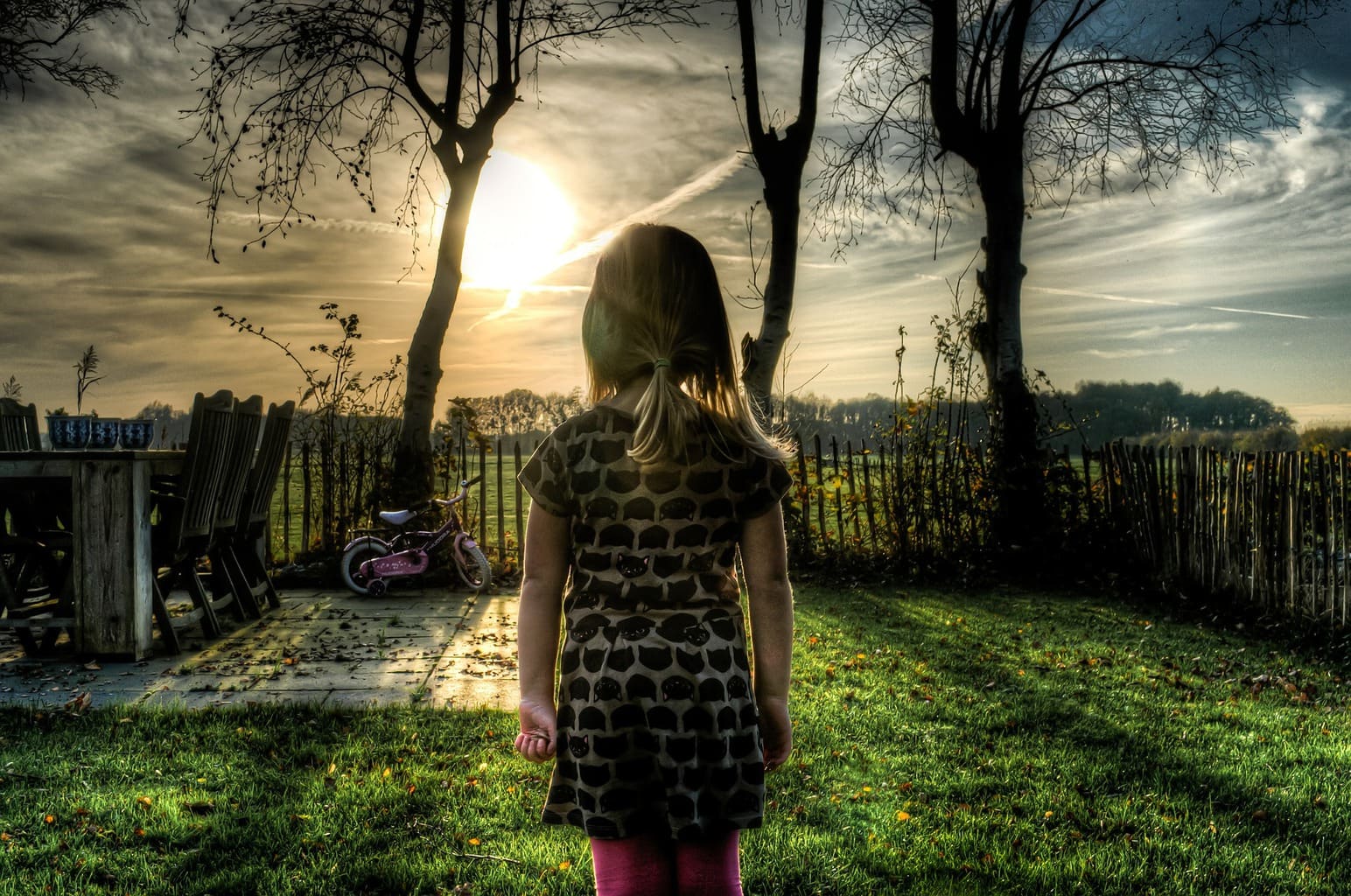Even if you don’t know exactly what the HDR is, or even if you have never heard of it, I assure you that you know it directly or indirectly, because you will have seen it in many images as a good devourer of photos that you are.
The name may sound a little foreign to you. Normal, because the acronym is for High Dynamic Range or, what is the same, high dynamic range. You don’t know what I’m talking about? Don’t worry, it’s very simple, I’ll explain it below.
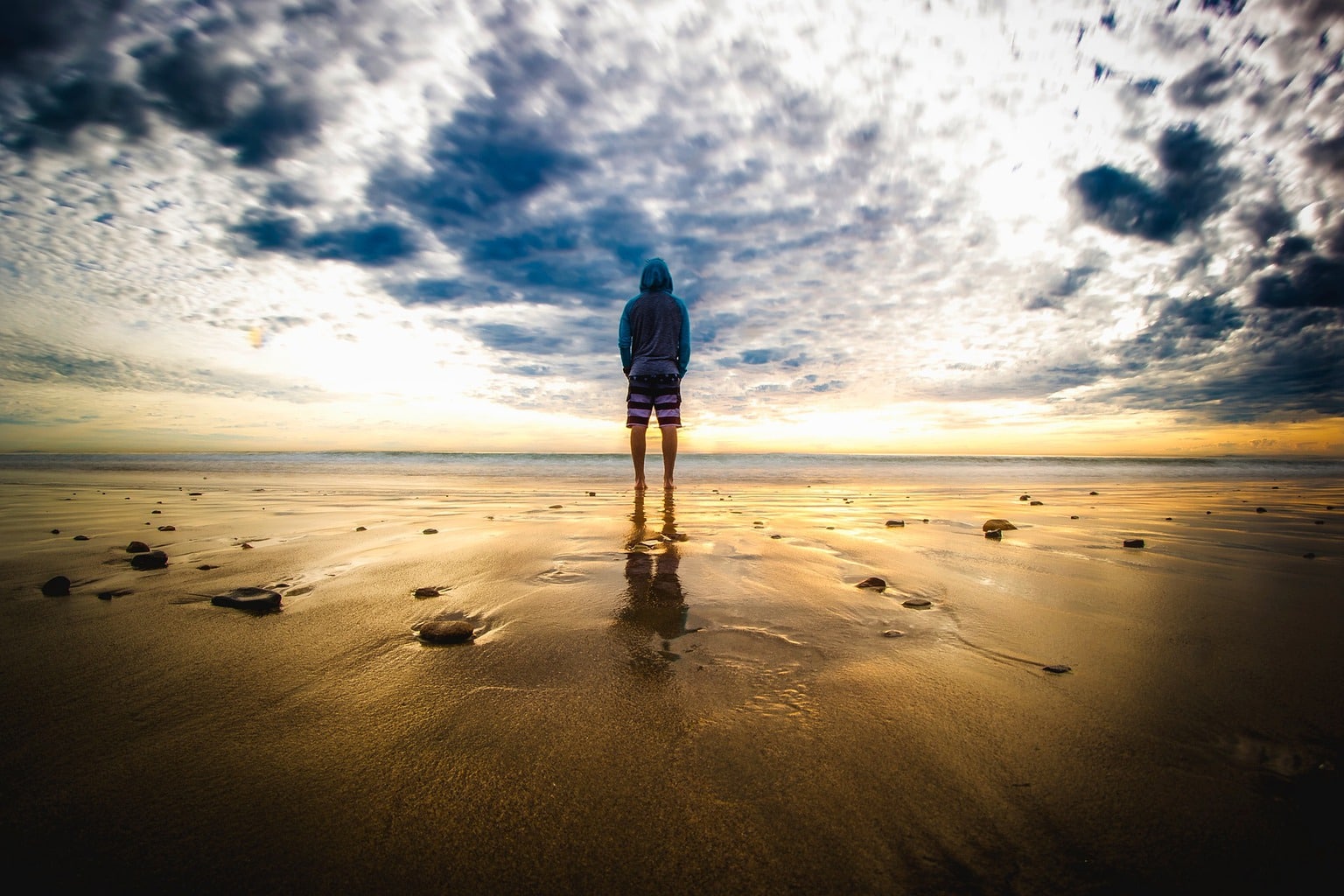
WE BEGIN BY THE BEGINNING … WHAT IS THE DYNAMIC RANGE?
Dynamic range is the ability to capture detail in the lights and shadows of a scene. Our eye, for example, has a great dynamic range, infinitely better than any camera that exists today.
That is, we are able to see detail in both lights and shadows in the same scene without any difficulty.
On the other hand, the cameras have infinitely more difficulties in capturing the details in scenes where there are different lights, surely you will have noticed it, surely you will have thought more than once, how can it be that that image that I have in my head is incapable of reproduce it in image?
Simply, today and with the dynamic range that cameras have as good as they are, it is impossible to reproduce reality.
Now, we have techniques that help us get very close. One of them is the HDR.
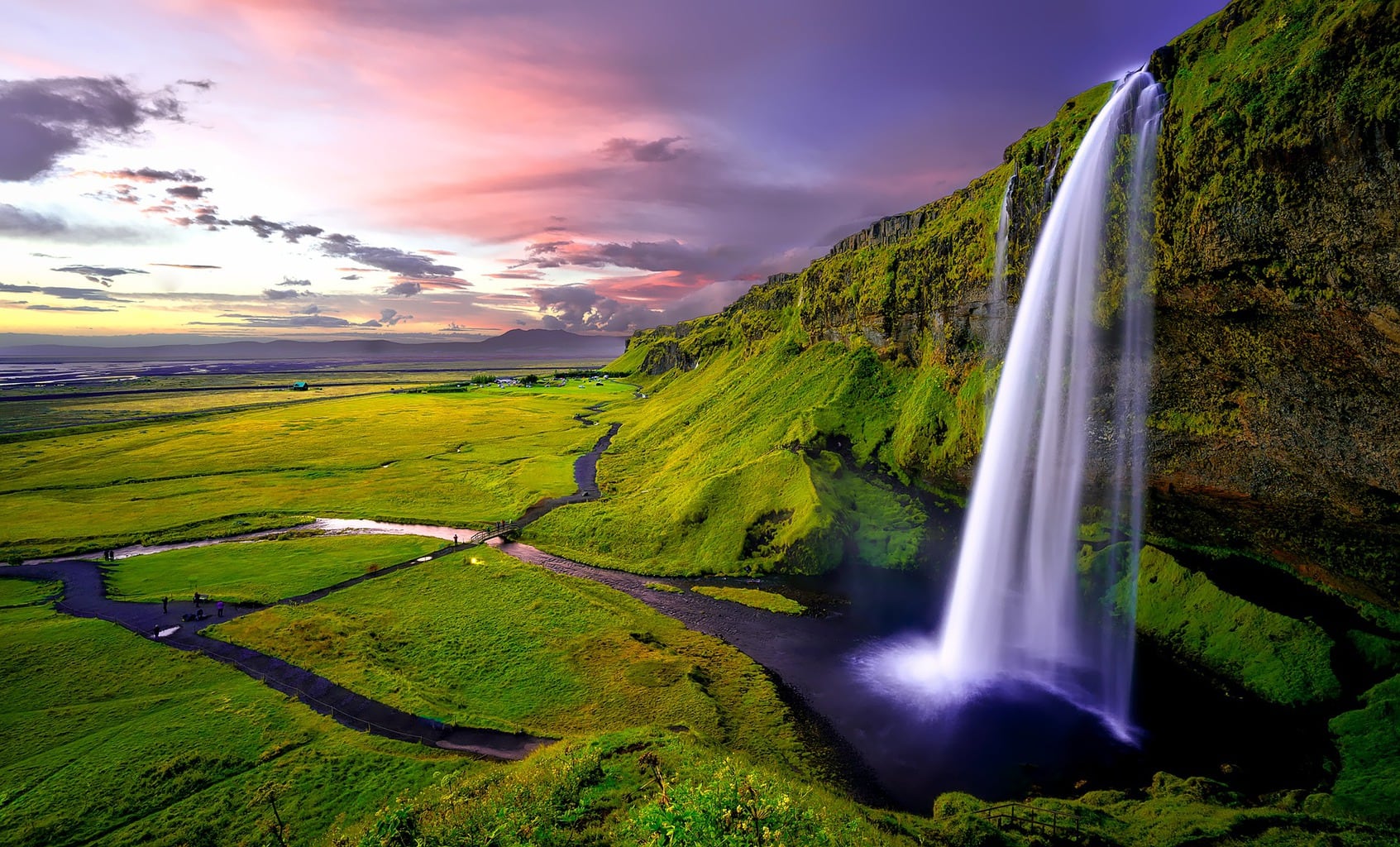
WHAT IS THE HDR?
The HDR or the high dynamic range said easily is the ability to have detail in both lights and shadows. That is, a low dynamic range means that we will either give up the detail in the lights, or we will do it in the shadows. Instead, a high dynamic range will try to keep it in both.
The HDR therefore allows us to get closer to human vision and, therefore, to obtain images, in principle, closer to reality. And I say, in principle, because the HDR should be used to the right extent.
Abusing too much of it can lead us to the opposite pole, to images far from reality, too retouched and exaggerated. For example this:
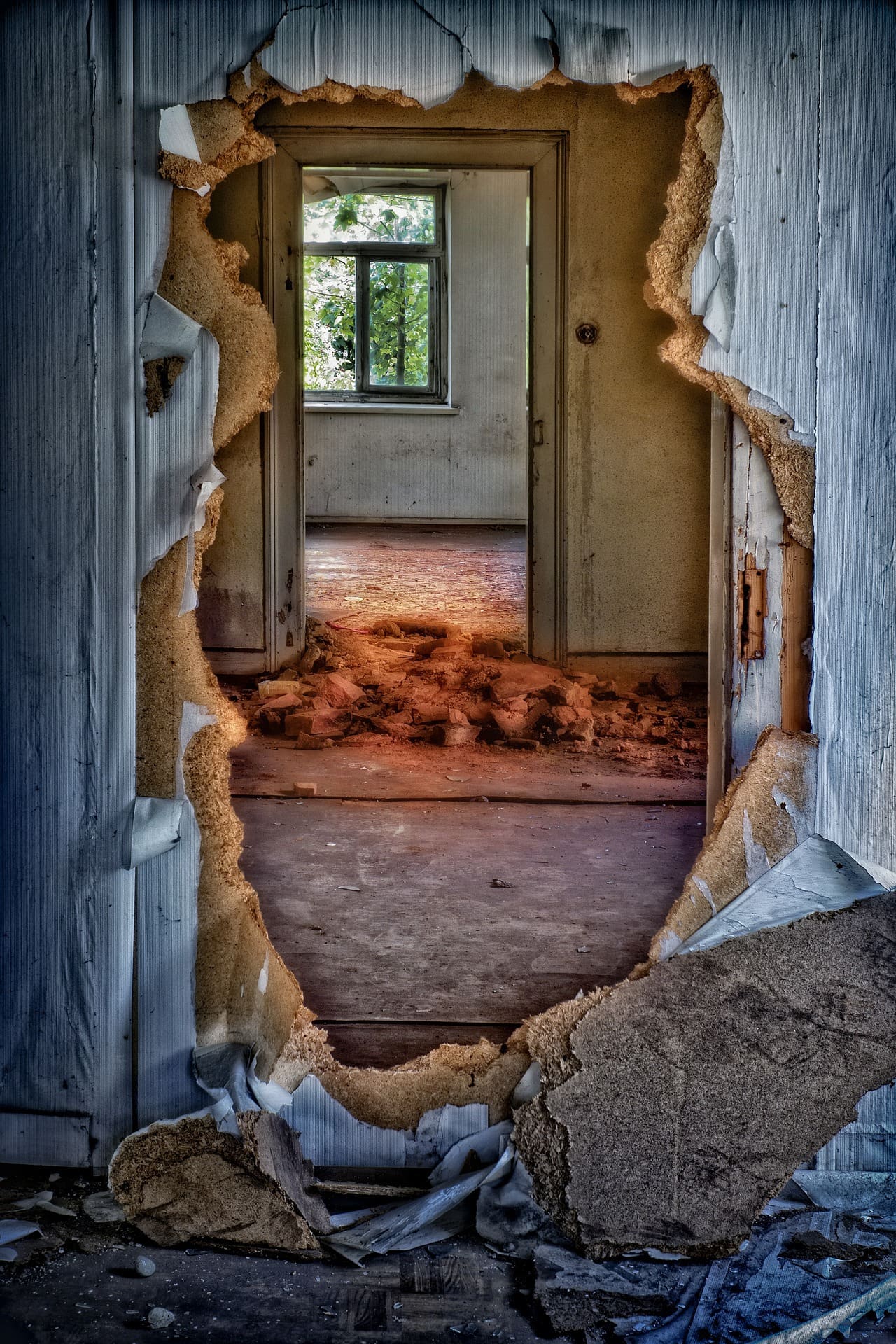
Of course, it is a matter of taste, a while ago this type of HDR was so fashionable, although it has been lost until looking for a more realistic effect, which takes advantage of the detail in lights and shadows but without being so exaggerated. But what was said, about tastes, colors;).
HOW TO GET A GOOD IMAGE HDR STEP BY STEP?
Nowadays, most smartphones have this option automatically, so it is not a mystery nor do we have to go beyond having it activated or not and, if appropriate, compare the image in HDR and the normal one, and choose the one that We like it more.
Now, in reflex / mirrorless photography etc, which is what interests us, which demands work and gives us the best results, which we love and makes us lose our head in equal parts … ahem, which deviates.
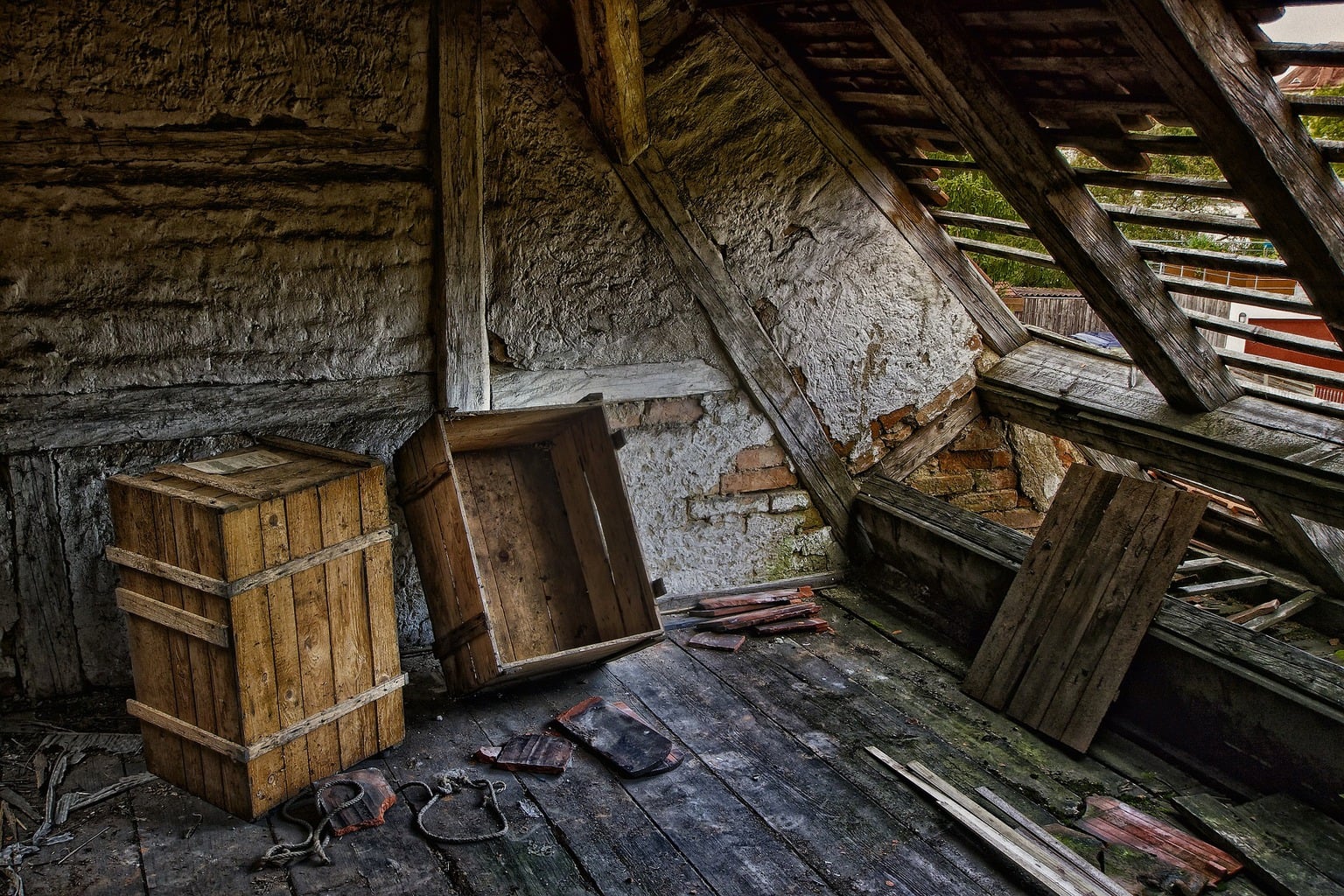
As I said, in this type of photography, in which we want the best results and the best quality in our image, the way to achieve an HDR step by step is simply the following:
1-Look for a preferably static scene, because we are going to take several photos with the same frame.
2-Therefore, a tripod will be indispensable (as you will use it, remember to deactivate the image stabilizer because you no longer need it).
3-If you have a remote trigger, use it.
4-Set the camera to manual mode.
5-Set a diaphragm aperture according to the image you want to take (a lot of depth of field, opening closed and backwards).
6-Set the white balance manually and do not change it.
7-Use an ISO as low as possible.
8-Try to work in RAW.
9-Set the focus point and don’t move it.
10-We will make a total of 3 identical images in terms of composition, because then we will stack them on top of each other.
11-Each of these photos will have a different exposure, to do this, adjust the speed of each of them so that:
-The first image is correctly exposed for the light zones.
-The second image for the darkest areas of the image.
-The third image for the intermediate areas of the image.
-If you want more precision, you can combine more exposures, but with 3 it usually works well, at least to start practicing.
12-With this, what we get at the moment is detail in each of the types of light separately.
13- Once we have our images, what we do is overlap them with some editing program like Photoshop, Lightroom or Photomatix. Here you can see how to do it step by step with this latest program.
And that’s it, it’s very simple, right? When adding all the information of the different lights, it results in an image where all the areas of the photograph have detail.
HDR APPLICATIONS
As you have already deduced, the main application of the HDR is for scenes with a lot of contrast between lights and shadows, in which it is impossible for us to preserve the detail of the different areas through our camera.
This situation occurs and obtains the best results mainly in:
Landscapes: one of the most classic applications. It allows to conserve information of the sky and the ground without having to give up the detail of neither of the two parts. If the sky has clouds, better than better.
Interiors with an entrance of natural light (interiors illuminated by the light of a window, tunnels with exit to the outside, etc). In these cases, the light difference is also noticeable and an HDR will help you.
Macro: will allow you to reveal and preserve details of the image that would otherwise be lost.
Metal elements: cars, cutlery and, in general, any metal surface gives very good results in HDR.
Urban night photography.
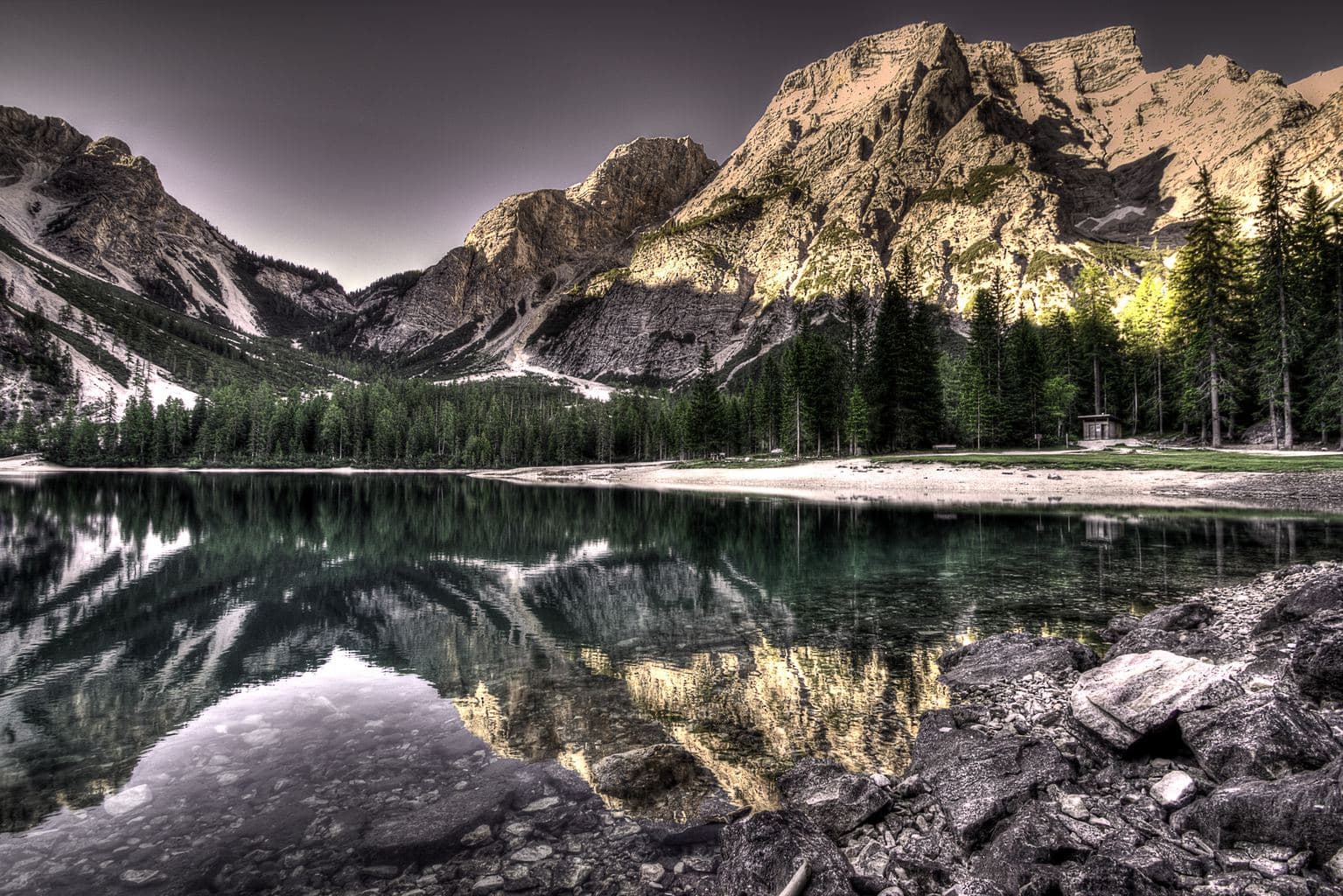
TIPS FOR MAKING A REALISTIC HDR
For realistic results, the ideal is not to abuse the editing settings once you have made the HDR. You know that the more an image is retouched, the more artificial it usually seems.
For it:
-Do not abuse color saturation. If you work in Lightroom it is preferable to play a little with the Intensity that saturates the less saturated tones in a more subtle way.
Be careful when adding texture or clarity to the image. Too much will result in a very artificial image.
-Do not abuse the contrast, it is preferable to slightly adjust the whites and blacks separately that already generate contrast and offer you greater control of the result.
-Try to make the colors true to reality, no matter how tempting it is to exaggerate them, it doesn’t usually give good results. It is better to work with the luminance and saturation of each color separately if you work with an editor that has this option.
In general, as you can see, it is simply about trying not to be exaggerated in editing and staying true to our vision of the image. It is always good to play with the different settings to find the moment in which the image we have in the head and that of our screen, coincide.
Now, it is clear that you can use the HDR as a more creative function, so research, traste, test, and stick with the result that you like, because perhaps you intend, precisely, to obtain an image far from reality
